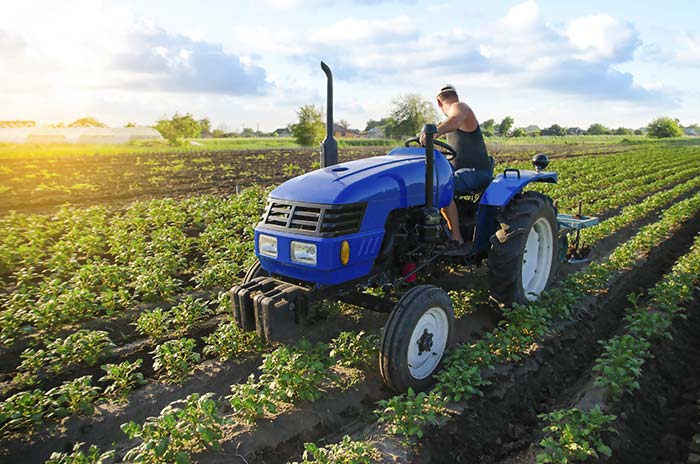*James Hodge
Climate change is affecting the world and the way we live. We just need to follow the news and we can see these impacts clearly and clearly.
An example of this were the rains that hit southern Brazil in September, the result of an extratropical cyclone much stronger than usual. It is true that this type of occurrence is not uncommon, but, according to experts, the increase in temperatures and the effect of El Niño increased the power of the cyclone, which caused deaths and destruction.
When we look specifically at agribusiness in Rio Grande do Sul, we will be able to understand the financial impact of the unstable climate. According to the report released by the National Confederation of Municipalities (CMN), the floods that hit 106 municipalities in Rio Grande do Sul resulted in agricultural losses exceeding R$ 1 billion, including losses in agriculture and livestock. Nearly 30,000 animals died and entire crops of corn and wheat were lost.
Worsening this situation, many rural producers in the region did not have any form of coverage or insurance, making short- and medium-term financial recovery impossible.
In other words, in addition to this reality, the extratropical cyclone also brought an important fact: agribusiness is not prepared for the impacts of climate change, and needs innovation in insurance.
To give you an idea of this, five years ago only 10% of Brazil’s productive area had rural and/or agricultural insurance. Currently, this number has not changed much, hovering around 15% of the country’s productive area.
With increasingly apparent instabilities, we are also seeing a new reality involving insurance, which is becoming more expensive and restrictive. This happens mainly in the South, Southeast and Northeast regions, which are more susceptible to this phenomenon.
Direct damage is not the only way climate is affecting farmers. The Midwest, for example, is not being directly affected by the effects of El Niño, but is feeling the effects of other regions.
The Northern region of Brazil is suffering the biggest drought in the last 43 years, which is damaging navigation on rivers, mainly the Madeira, through which large quantities of grain from the Brazilian Center-West flow.
In the absence of this navigability, grains will have to follow routes through the Southeast, via the port of Santos, which will make commodities more expensive.
This new reality requires us to rethink insurance in agribusiness, which needs to have a regional focus, which understands and meets local needs.
But just rethinking policies is not enough. There must be conditions so that rural producers, especially small ones, can take out this insurance and be covered.
To this end, there must be incentives and access to credit, which need to take this new reality into account. Until this is done, we will probably see this scenario repeat itself in the future.






